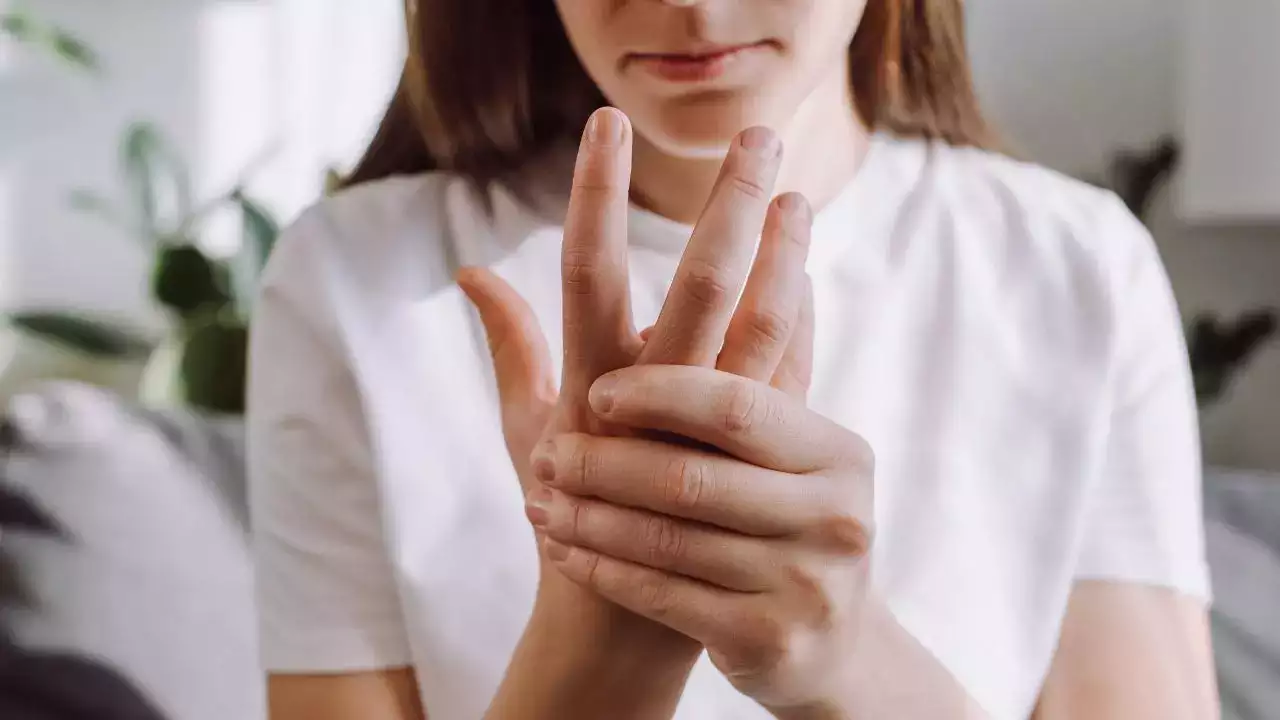Akanksha Arora • 11 Feb 2025
Why Women Are At A Higher Risk Of Getting Arthritis Than Men? Doctor Answers!

Why Women Are At A Higher Risk Of Getting Arthritis Than Men? Doctor Answers! (Image: Canva)
Arthritis is a widespread condition affecting millions worldwide, but did you know that women are more likely to develop it than men? According to WHO, around 40% of all arthritis cases occur in women and conditions such as osteoarthritis and rheumatoid arthritis are more commonly noticed in women.
Dr. Venkatesh Movva, a regenerative orthopedic specialist and founder of RegenOrthoSport, explains, “Women’s higher arthritis risk is due to hormonal, structural, and genetic factors. But early intervention with regenerative treatments can slow down the disease and provide long-term relief.”
The Link Between Gender and Arthritis
Several biological and lifestyle factors contribute to this higher risk:Hormonal Changes Increase Risk
Estrogen plays a protective role in joint health by reducing inflammation and maintaining cartilage strength. However, after menopause, estrogen levels drop by up to 90%, speeding up joint degeneration.
Joint Structure and Biomechanics
Women have wider hips and a different knee alignment, putting extra stress on knee joints. This misalignment increases the risk of knee arthritis by 47% compared to men.
Weaker Muscles Around Joints
On average, women have 30% less muscle mass than men, leading to less joint stability and greater wear and tear. This muscle weakness contributes to a higher likelihood of knee injuries and cartilage
breakdown over time.
Autoimmune Diseases and Genetic Factors
Rheumatoid arthritis affects women three times more than men, with hormonal fluctuations playing a role. Women with a family history of Rheumatoid arthritis are at a 50% greater risk of developing the
condition.
Prevention and Long-Term Management for Women
While arthritis cannot always be prevented, women can take proactive steps to manage and reduce theirrisk.
Maintain a Healthy Weight
Every 1 kg of excess weight puts 4 kg of extra pressure on the knee joints. Studies show that losing just 5% of body weight can reduce arthritis symptoms by 50%.
Strength Training and Low-Impact Exercises
Women who engage in strength training twice a week can reduce arthritis risk by 40%. Low-impact activities like swimming, cycling, and yoga can help strengthen the joints without
excessive strain.
Anti-Inflammatory Diet and Supplements
Omega-3 fatty acids found in fish oil reduce joint inflammation and can lower arthritis pain by 30%. Vitamin D deficiency is linked to arthritis progression, and 60% of women with arthritis have low Vitamin D levels.
With 60% of arthritis sufferers being women, understanding the risks and available treatment options is essential. By maintaining joint-friendly habits, staying active, and exploring regenerative treatments
early, women can take control of their joint health and avoid the need for invasive procedures.
Get Latest News Live on Times Now along with Breaking News and Top Headlines from Health and around the world.